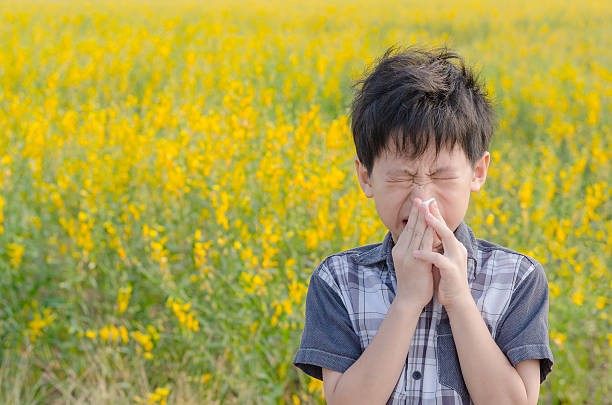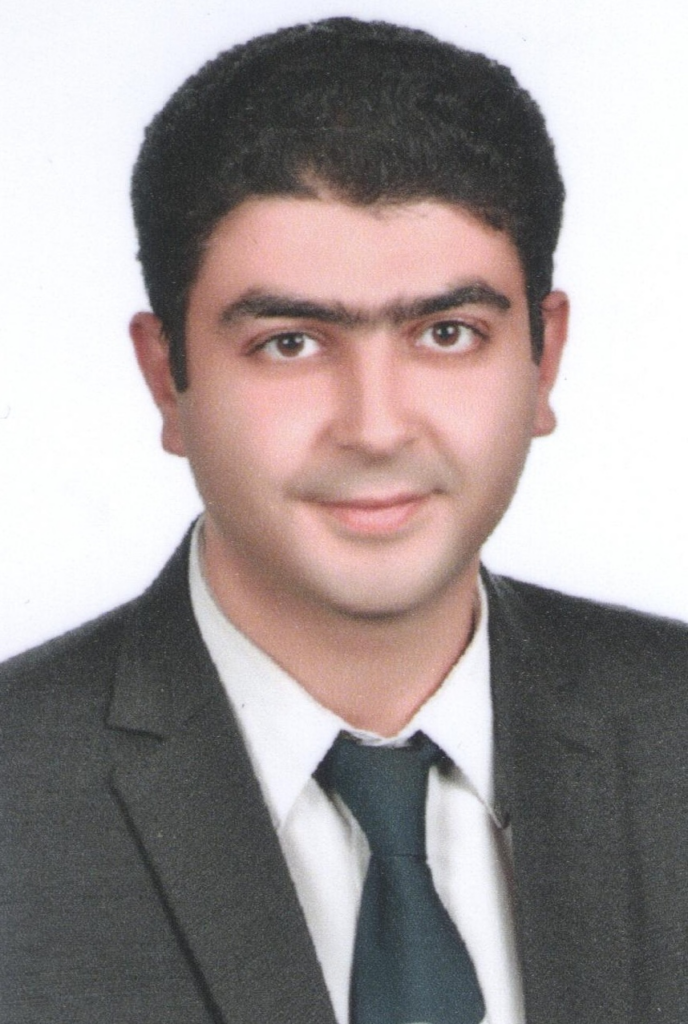Children Allergies
Everything You Need To Know About Children Allergies
Children Allergies Overview
Seasonal Allergies in children are frequently known as Hay Fever or seasonal allergic rhinitis. These are symptoms that occur in response to environmental allergies at the same time every year. Having allergies from spores or pollens released by plants causes your body to release substances like histamines in response to allergens. This results in itching, coughing, and congestion that are directly proportional to seasonal allergies. Hay Fever has become very common, and a lot of people are experiencing it. The fever affects probably 7.7% of adults and 7.2% of children in the US.

Common Allergens In School And Home
In the fall, many indoor allergens cause issues for children because they are indoors, i.e. home or school, for longer periods. The increased level of pollen can make it difficult to breathe as well as trigger other physical reactions from allergies with prolonged exposure – which means young ones will need extra support through the winter months. Some of them are:
- Dust:
It is also possible that you have sensitive skin, and your allergies may not show up right away. Long-term exposure can lead to symptoms as well; people who are allergic will start having nose bleeds from nasal polyps or Eczema on their faces at an earlier age than expected for them because this type of allergy has such similarities with other chronic disorders like asthma.
It contains dust mites, which we are all too aware exist in homes despite efforts by homeowners through proper cleaning routines – fine ground particles come from pollens, mold spores and animal dander.
- Fungi:
This includes molds too small to be seen with the naked eye, which could affect everything from taste and texture all the way down to how we breathe.
- Furry animals:
Furry animals such as cats, dogs, guinea pigs, gerbils, rabbits, and other pets are common allergens.
- Clothing and Toys:
Clothes and toys made, trimmed, cut, and stuffed with animal hair are also common allergens.
- Latex:
Household and school objects such as rubber gloves, toys, balloons, elastics in socks, underwear, and other clothing, i.e., airborne particles, are allergens that can be culprits.
- Bacterial Enzymes:
It is used to manufacture enzyme bleaches and cleaning products.
- Certain Foods
Certain food items can also cause allergies in children.
Symptoms of Children Allergies
Symptoms of seasonal allergies in children can include any combination of the following:
- Sore Throat
- Coughing
- Sneezing
- Running or itchy nose
- Red, irritated eyes
- Wheezing or struggle in breathing
If you notice any of the dispersed signs in your child, it is important to seek medical attention immediately: a rash or swelling, fever, trouble breathing with chest pain. These could be indicators that he/she has developed an allergic reaction and needs treatment right away.
The symptom and their intensity can vary from person to person. The acuteness of it may differ from mild to life-threatening; some patients just have a runny nose and cough, while others may experience severe reactions such as difficulty in breathing.
Things To Do For Children With Allergies
There are particular simple things that you can perform to make your child feel better or anyone else in the house with hay fever.
- Keep the windows closed:
For seasonal allergy toddler treatment, keeping windows close is the best preventative measure. We know it is hard to resist, but don’t open your windows. It might seem like a relief from the heat and humidity when you first get inside after that long winter season — until you realize what all those pollen counts are going into – which can cause allergies or asthma problems downriver for yourself and others too.
- Wash and Change when you get home:
The moment you enter the house, allergy sufferers should change clothes and wash their hands or face. However, this is not a good idea when they are in an area with high pollen counts because we all could be carrying those grains around like antibodies waiting to fight off another attack. To avoid seasonal allergies in children, try keeping your house free from these pesky bugs by making sure there are not any areas where carpet might have accumulated them–the bedroom would probably make sense (just move fun toys away).
- Try to avoid staying outside:
Everyone needs to have access to outdoor space to be active and enjoy this beautiful world around them! But we also need to recognize when weather conditions might make these activities dangerous or unpleasant due to some allergy sufferers’ sensitive noses. That is critical to be careful when it comes to seasonal allergies in children.
- Utilize the medication the accurate way and contact your doctor if it is not working:
When your child has sniffles, you might think that they do not need allergy medication. But it turns out this is not true! Research shows consistent use of antihistamine medications will help reduce symptoms over time and enhance the quality of life for people with allergies in their . In fact, many parents start giving these tablets right away when there are just one or two colds underway – because doing so can make all the difference between living well versus struggling through daily life drenched by runny noses & watering eyes 24/7.
Conclusion
Medication is an essential tool for managing allergic reactions. However, it is important to note that many medications are available without a prescription, so it may not occur to families when allergy season hits; they just head over to the pharmacy. The most common types of medication include antihistamines taken by mouth or nasal sprays like delineation, which helps stuffiness and sneezing. Eye drops are also used by patients who experience watery eyes from allergies.
If you are perplexed about seasonal allergies in children not getting better, it may be that the medication prescribed for your condition is not working. If this sounds like something familiar and has been going on long enough to merit calling in a doctor’s prescription, then do not hesitate. Instead of giving up, give a professional and experienced doctor a call.
Written by: Madiha Ather Hashmi (September 12, 2021)
Sources
- CDC/National Center for Health Statistics (2021). “Allergies and Hay Fever”. Centers for Disease Control and Prevention.
https://www.cdc.gov/nchs/fastats/allergies.htm
- Jens Korsgaard (1981). “Preventive Measures in House-Dust Allergy”. American Thoracic Society.
https://www.atsjournals.org/doi/abs/10.1164/arrd.1982.125.1.80
- W E Horner, A Helbling, J E Salvaggio, and S B Lehrer (1995). “Fungal allergens.”. PubMed Central (PMC).
https://www.ncbi.nlm.nih.gov/pmc/articles/PMC172854/
- Lisa M. Wheatley, M.D., M.P.H. and Alkis Togias, M.D. (2015). “Allergic Rhinitis”. PubMed Central (PMC).
https://www.ncbi.nlm.nih.gov/pmc/articles/PMC4324099/
- Francesca Cipriani, Elisabetta Calamelli, and Giampaolo Ricci (2017). “Allergen Avoidance in Allergic Asthma”. PubMed Central (PMC).
https://www.ncbi.nlm.nih.gov/pmc/articles/PMC5423906/
- Claire McCarthy, MD (2020). “4 “must dos” for kids with seasonal allergies”. Harvard Health Publishing.
https://www.health.harvard.edu/blog/4-must-dos-for-kids-with-seasonal-allergies-201604122527
Medically Reviewed By

Alexandria University Hospital
I have reviewed the articles on seasonalallergies.org and I would like to say that I was very surprised.
Over years, I have seen many different articles in the field of allergy, but these articles were very interesting.
These articles were really unique, they could help many people around the world to know more about seasonal allergy, symptoms, prevention and when to seek medical advice.
These articles represent an addition in the field of Health Education not only for people with allergy but also for the whole population.
Looking to learn more about allergy lifestyles? Find a full list of living with allergies resources here.
Last Updated on July 5, 2023